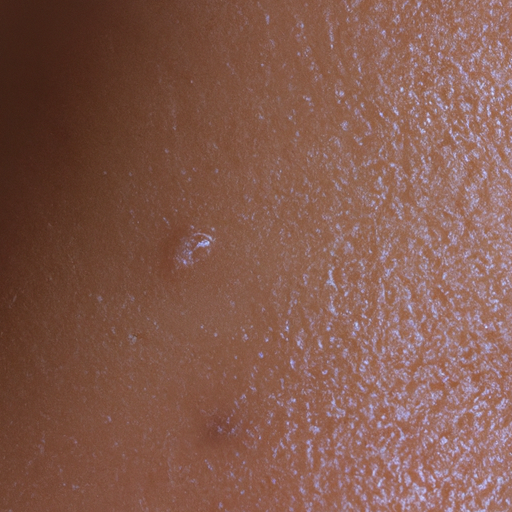As a dermatologist, I have encountered countless individuals who struggle with oily skin. The glossy shine, the frequent breakouts, and the constant need to blot excess oil can be frustrating. However, understanding the causes and symptoms of oily skin can help you manage this condition more effectively.
Oily skin is primarily caused by overactive sebaceous glands. These glands, located beneath the skin’s surface, produce sebum, a natural oil that hydrates and protects the skin. However, when these glands produce too much sebum, it can lead to an oily complexion, clogged pores, and acne breakouts.
Several factors can trigger overactive sebaceous glands. Genetics plays a significant role; if your parents have oily skin, you’re likely to have it too. Hormonal changes, particularly those occurring during puberty, menstruation, pregnancy, or menopause, can also increase sebum production. Stress and hot, humid weather can stimulate these glands as well.
Contrary to popular belief, your diet can also influence your skin’s oil production. Consuming excessive amounts of sugary or fatty foods can stimulate oil production, leading to a greasier complexion. On the other hand, a diet rich in fruits, vegetables, lean proteins, and whole grains can help balance your skin’s oil levels.
Now that we’ve unmasked the causes let’s delve into the symptoms of oily skin. The most obvious sign is a shiny or greasy appearance. You may also notice large or visible pores on your skin. Oily skin is often prone to blackheads, pimples, or other types of acne.
It’s important to note that oily skin isn’t all bad. In fact, those with oily skin tend to have thicker skin and fewer wrinkles. The key is to manage the oil production effectively without stripping the skin of its natural oils, which can actually trigger more oil production.
If you suspect you have oily skin, it’s crucial to get a professional diagnosis. A dermatologist can assess your skin type and recommend a personalized skincare routine. This often includes using a gentle cleanser, a toner, and oil-free moisturizers.
In some cases, over-the-counter products may not be enough to manage oily skin. Prescription medications, like retinoids or hormonal treatments, may be necessary. In-office procedures, such as chemical peels or laser treatments, can also help reduce oil production and improve the appearance of the skin.
In conclusion, while oily skin can be a challenge to manage, understanding its causes and symptoms is the first step towards healthier, more balanced skin. Remember, every skin type has its advantages and challenges. With the right care and treatment, you can embrace your skin type and enhance its natural beauty. As a dermatologist, my goal is to help you achieve this balance and feel confident in your own skin.




